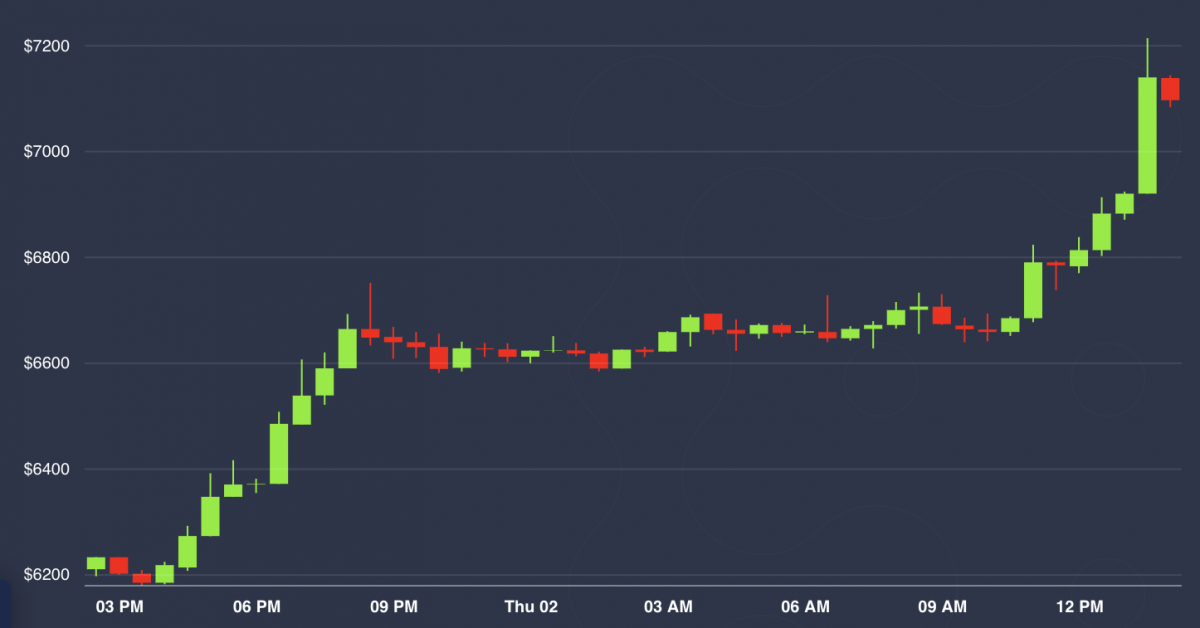Celestia’s TIA Airdrop Hype Wanes as Blockchain Struggles to Gain Users
/arc-photo-coindesk/arc2-prod/public/LXF2COBSKBCNHNRE3WTK2BZ7GE.png)
Celestia, the modular blockchain that claims to scale with more users, has struggled to wrangle much of a market share in its first week, with less than 350,000 transactions registered in the four days following its release.
Data from Mintscan shows that current transactions per second (TPS) on Celestia is 0.19. This doesn’t necessarily translate to a lack of technical function, but it does mean a lack of activity on the blockchain.
By comparison, Ethereum is currently recording 29.33 TPS, according to data from L2Beat. Arbitrum, another modular blockchain, has been hitting between 35 and 45 TPS on average over the past week.
Around 190,000 users claimed Celestia’s airdrops on Tuesday despite more than 600,000 being eligible to do so, leaving slightly less than $1 million in unclaimed value.
The token currently trades at $2.33 with a market cap of $329 million. Daily trading volume peaked at $475 million on Wednesday. It has since dropped to around $170 million, according to CoinMarketCap.
It’s worth noting that Celestia’s business model is centered around data availability, which is designed to scale Celestia and the entire crypto ecosystem as a whole. Modular blockchains work by creating specific channels for speed and execution, unlike monolithic blockchains.
Despite a slow start in terms of activity, Celestia network validators can currently receive around 23.39% APR as a yield for staking the native TIA token, considerably higher than Ethereum’s rate of 3.8%.
The performance of the TIA token has also been impressive compared to the likes of sui (SUI) and aptos (APT), both of which were airdropped to early adopters over the past year, and both endured bitter downturns after being issued. The stability of TIA can be attributed to a low level of inflation, as early investors and core developers have their token allocation locked up until October 2024.
Edited by Aoyon Ashraf.









